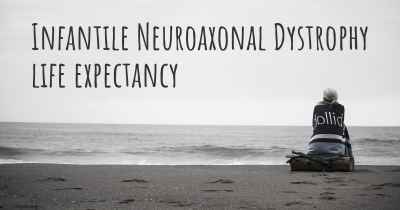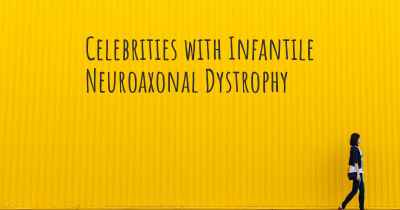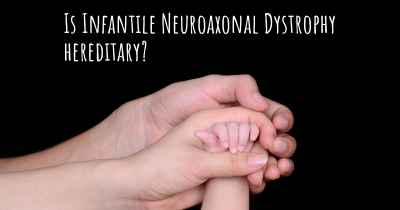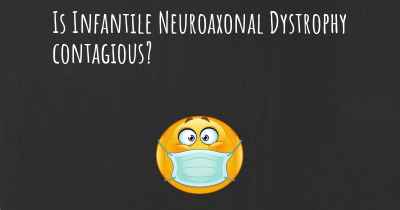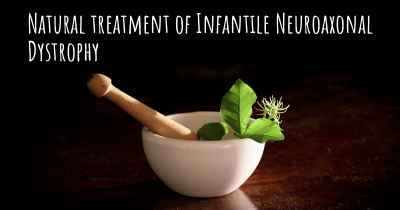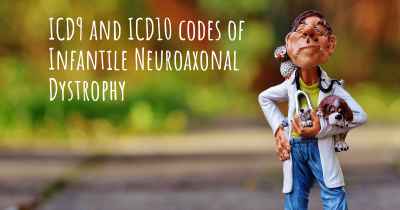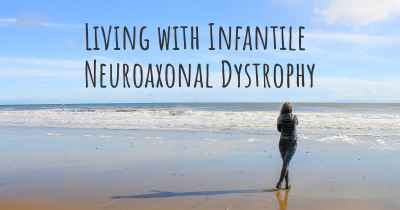Which are the causes of Infantile Neuroaxonal Dystrophy?
See some of the causes of Infantile Neuroaxonal Dystrophy according to people who have experience in Infantile Neuroaxonal Dystrophy
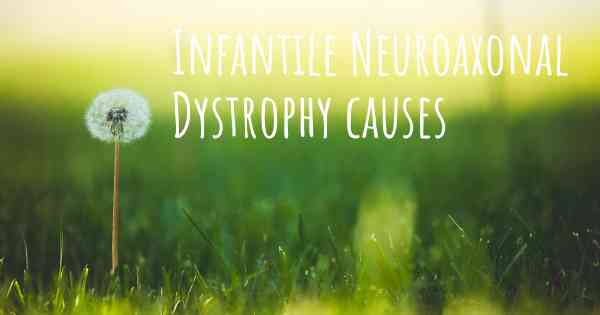
Infantile Neuroaxonal Dystrophy (INAD) is a rare, progressive neurodegenerative disorder that primarily affects infants and young children. It is characterized by the degeneration of nerve fibers in the brain and spinal cord, leading to a wide range of neurological symptoms.
The exact cause of INAD is still not fully understood, but it is believed to be primarily genetic in nature. INAD is typically inherited in an autosomal recessive manner, which means that both parents must carry a copy of the mutated gene for their child to develop the disorder. The specific gene associated with INAD is called PLA2G6, and mutations in this gene are responsible for the majority of cases.
PLA2G6 gene mutations lead to a deficiency or dysfunction of an enzyme called phospholipase A2 group VI, which plays a crucial role in the breakdown of certain lipids in the body. This disruption in lipid metabolism is thought to contribute to the progressive degeneration of nerve fibers in the brain and spinal cord.
While genetic mutations are the primary cause of INAD, there are also some secondary factors that may influence the severity and progression of the disease. These factors include oxidative stress, mitochondrial dysfunction, and impaired cellular trafficking. However, more research is needed to fully understand the interplay between these secondary factors and the underlying genetic mutations.
It is important to note that INAD is a rare disorder, and the occurrence of the disease is relatively low in the general population. However, for families with a history of INAD or known carriers of the PLA2G6 gene mutation, the risk of having a child with the disorder is significantly higher.
Early diagnosis of INAD is crucial for appropriate management and support. Genetic testing can help identify the specific mutations in the PLA2G6 gene, confirming the diagnosis. While there is currently no cure for INAD, treatment focuses on managing symptoms and providing supportive care to improve the quality of life for affected individuals.
